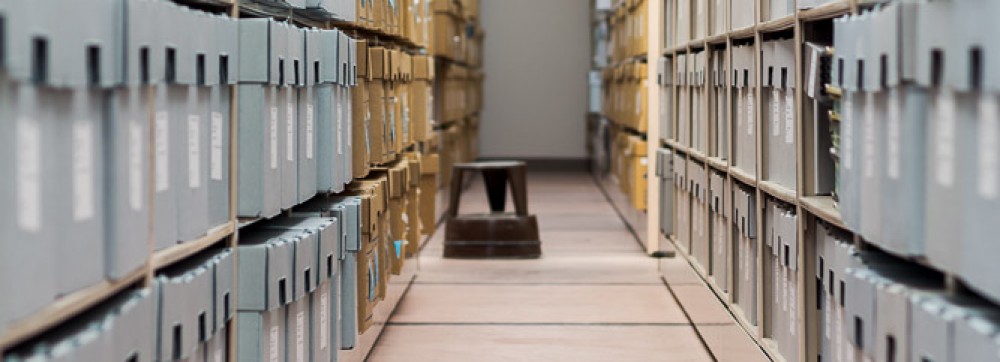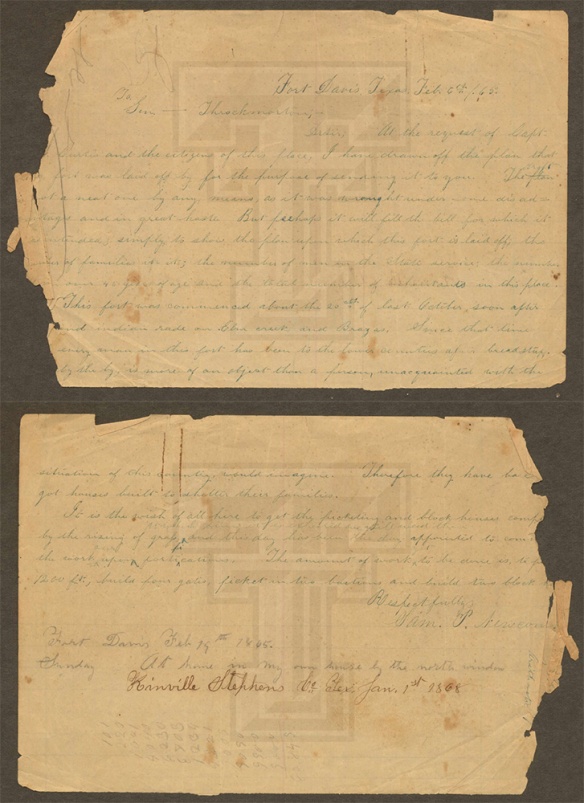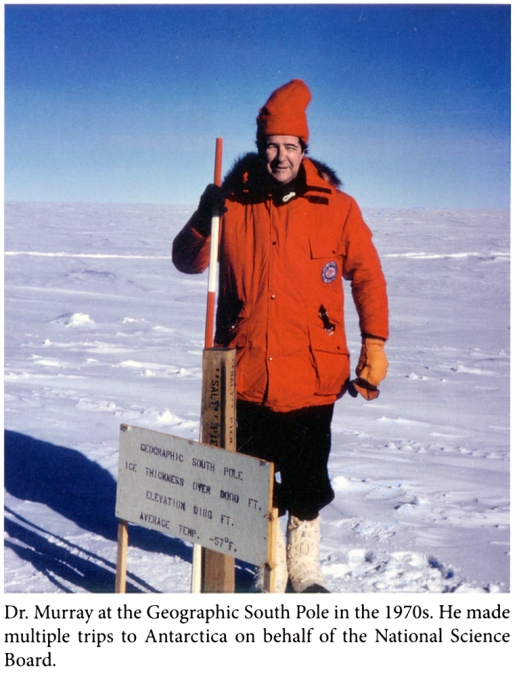
It’s Women’s History Month, and we have few collections more appropriate to that celebration than the papers of Hermine Tobolowsky. Sometimes called the “Mother of the Texas Equal Rights Amendment,” Hermine Dalkowitz Tobolowsky, among many other accomplishments, successfully coordinated the Equal Legal Rights Amendment (ERA) passage to the Texas Constitution in 1972.
 Hermine was born on January 13, 1921, in San Antonio, Texas, and after her primary education attended Incarnate Word College in San Antonio, and the University of San Antonio (now Trinity University.) She went on to obtain her law degree from the University of Texas School of Law. Soon after graduation, despite repeated instances of facing blatant discrimination, she opened a private law practice in San Antonio.
Hermine was born on January 13, 1921, in San Antonio, Texas, and after her primary education attended Incarnate Word College in San Antonio, and the University of San Antonio (now Trinity University.) She went on to obtain her law degree from the University of Texas School of Law. Soon after graduation, despite repeated instances of facing blatant discrimination, she opened a private law practice in San Antonio.

After marrying Hyman Tobolowsky, a Dallas retail executive in 1951, Hermine moved to Dallas where she had to re-establish her legal practice. By 1957, she had begun to craft her statewide legacy of activism, becoming the leader of Texas’ campaign for equal legal rights for men and women. This culminated in passage of the Texas Equal Legal Rights Amendment (ERA) fifteen years later in 1972.
She didn’t slow down there, remaining active in the Women’s Rights Movement, delivering innumerable speeches and workshops on women’s issues. She also served as a legal advisor for numerous women’s organizations up to the time of her death on July 25, 1995.

Tobolowsky’s collection is replete with materials about the ERA, as well as pamphlets and directories from women’s organizations throughout Texas. There are also curious ephemera in there, such as this handwritten musical excerpt endorsing a favored political candidate. If you want to see more of Tobolowsky’s accumulated material, here you go! And if you want to take the next step and see them in person, give our ever-helpful Reference Staff a call.

























 And so they set to work in 2014, applying the standards of the National Park Service’s Historic American Buildings Survey to the “Coke Stevenson Ranch Log Cabin,” as the final report titled it. The images here depict some of the results of their survey. Although these are hand-drawn, the Southwest Collection houses many of the digital 3D models and architectural renderings that Louden and White created.
And so they set to work in 2014, applying the standards of the National Park Service’s Historic American Buildings Survey to the “Coke Stevenson Ranch Log Cabin,” as the final report titled it. The images here depict some of the results of their survey. Although these are hand-drawn, the Southwest Collection houses many of the digital 3D models and architectural renderings that Louden and White created. So what did they learn? A lot about the structure itself, for one thing. It measured 14’ by 16’, with no interior walls (a “single pen-type,” as they described it.) It had been moved 100 yards from its original site to the shelter of the barn where it still rests atop several vertical log supports. Its roof had been removed, leaving no evidence of its shape or how it had been joined to the rest of the cabin. It also sported an amusing set of painted ducks on its north side.
So what did they learn? A lot about the structure itself, for one thing. It measured 14’ by 16’, with no interior walls (a “single pen-type,” as they described it.) It had been moved 100 yards from its original site to the shelter of the barn where it still rests atop several vertical log supports. Its roof had been removed, leaving no evidence of its shape or how it had been joined to the rest of the cabin. It also sported an amusing set of painted ducks on its north side.


















 Murray with artist Georgia O’Keeffe.
Murray with artist Georgia O’Keeffe.